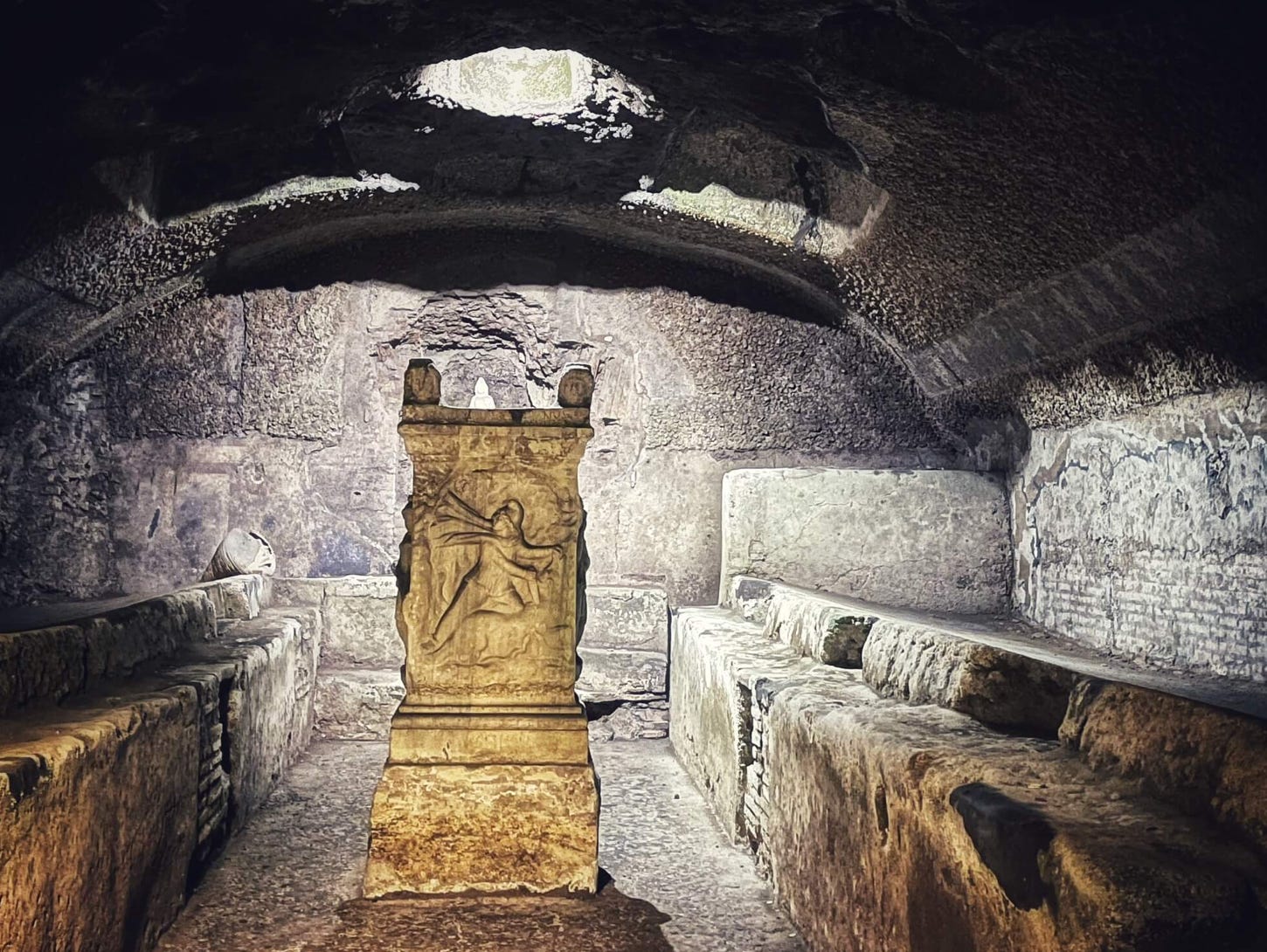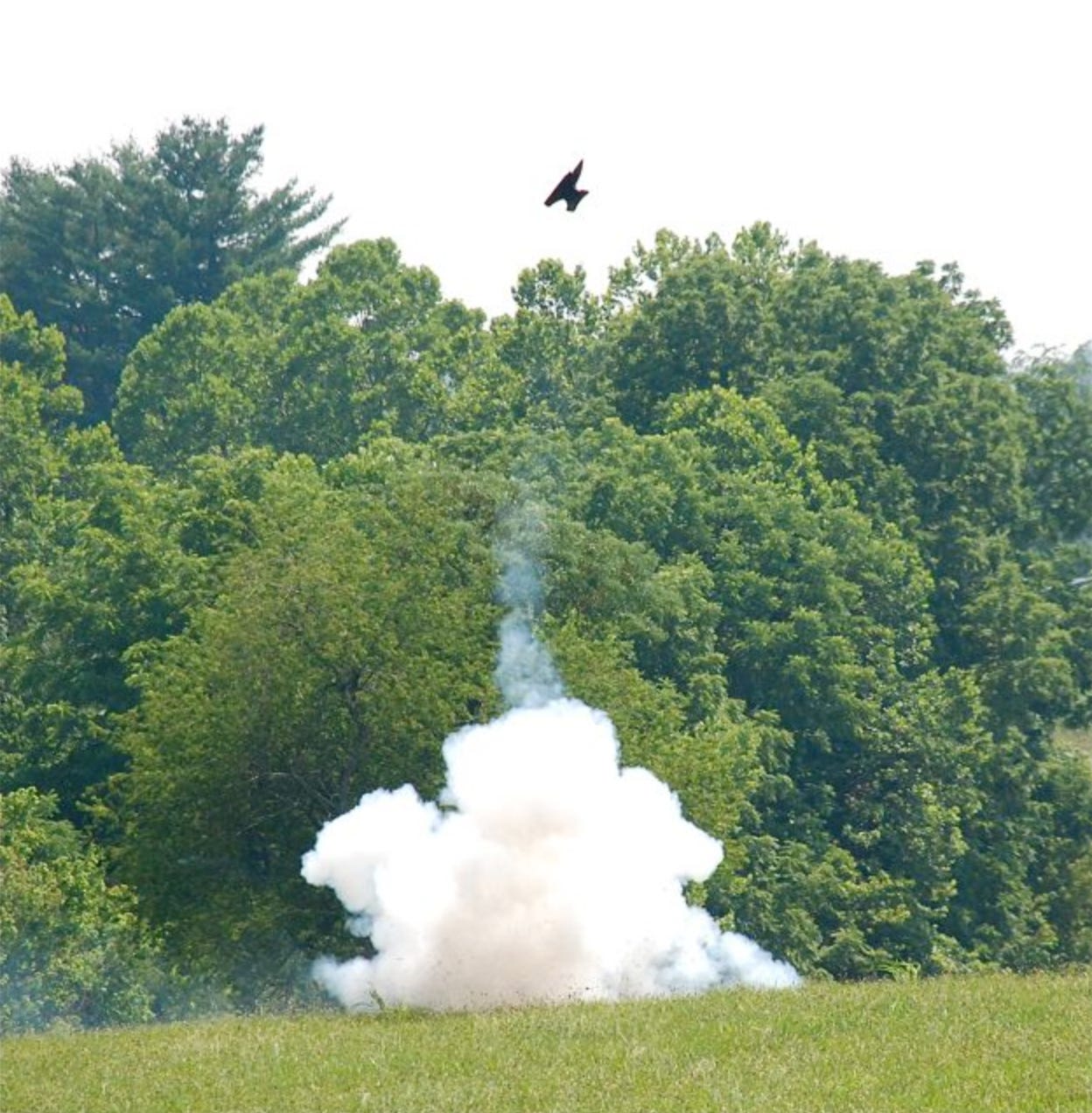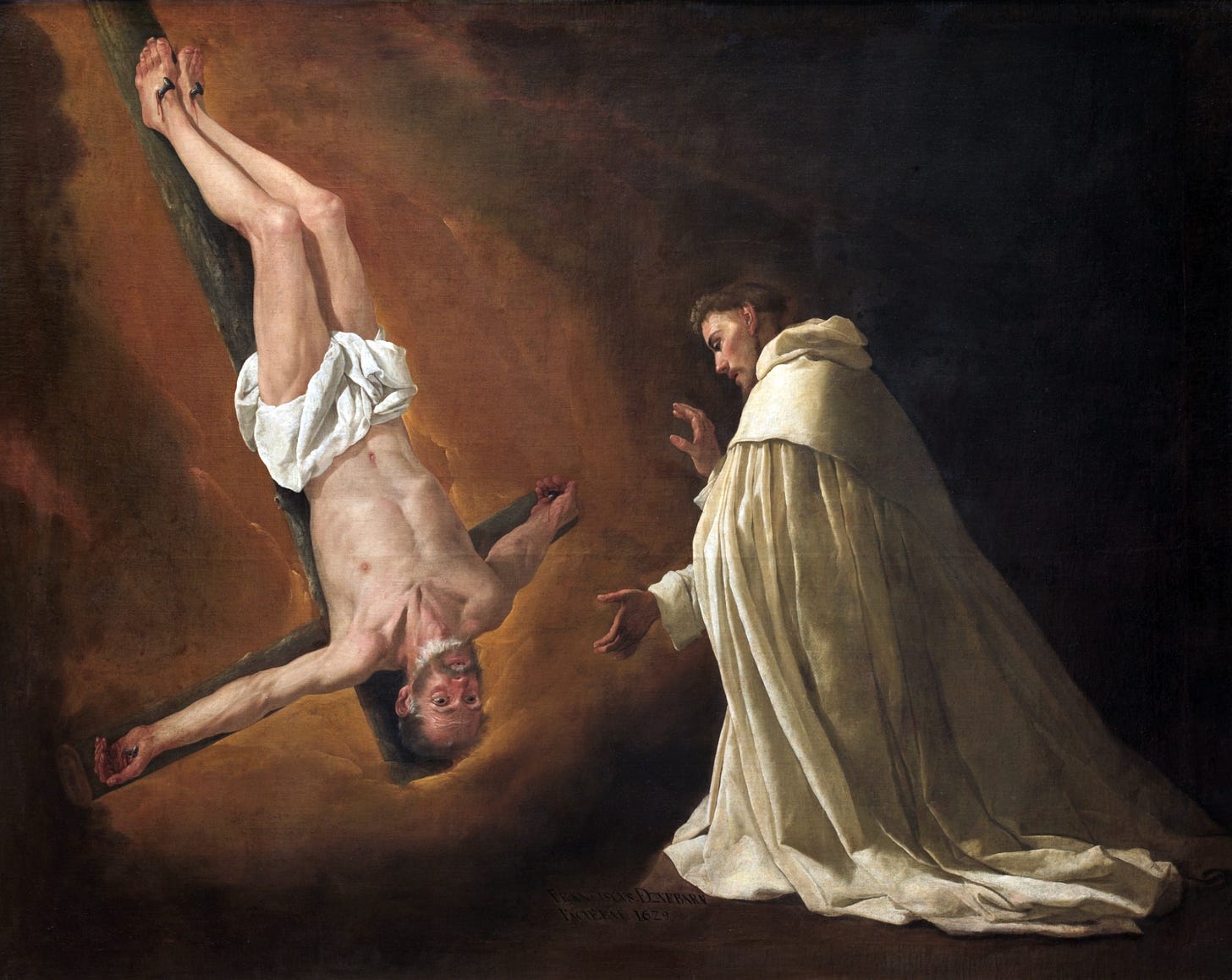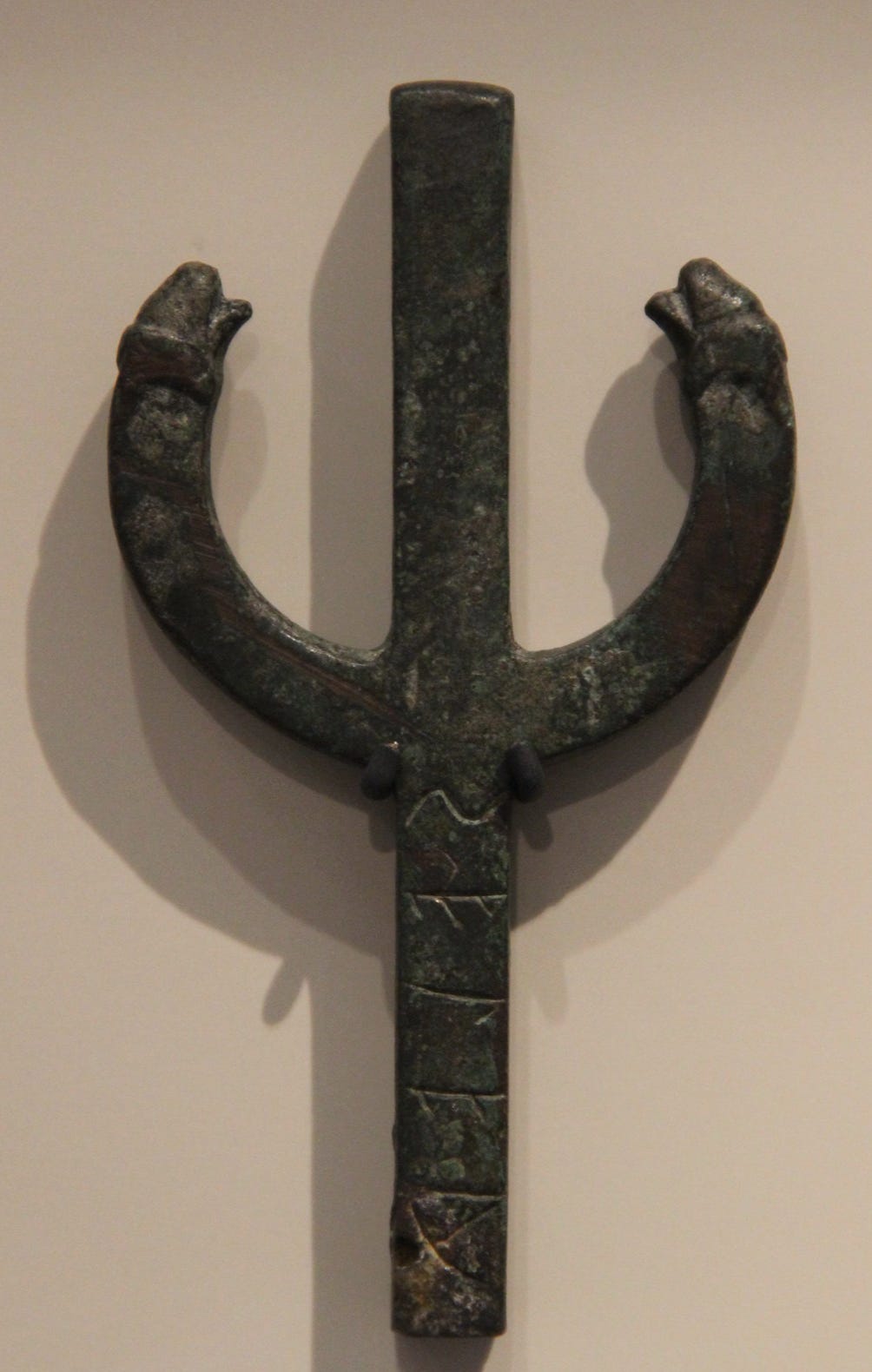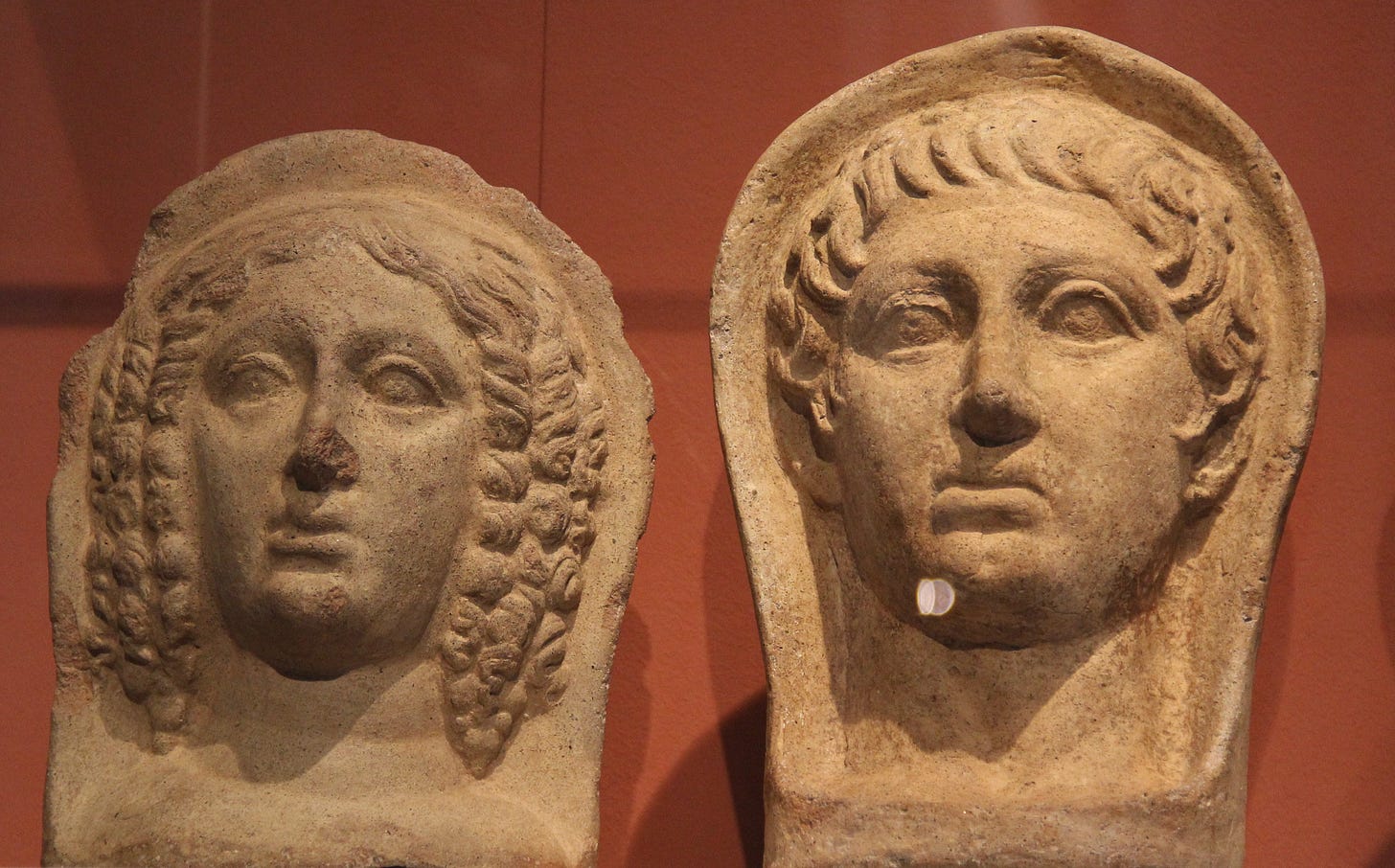Fresh Batch #138: The Anchored Cross of Old Clem
Etruscan Biconical Urns, Gammadion, Fylfot, St. Andrew's Cross, & The Savior Crucified on the Solar Rouelle
In Chapter 4 of The Real Universal Empire, I wrote about the symbolic affinity between the ankh, the anchor, the ansated cones of Tanit, and the Sa symbol. The goal of that book was to minimize technical details and give the broadest perspective possible while establishing facts. For those of you who are here for the technical details, let us shine the spotlight on St. Clement and the Basilica of San Clemente in Rome.
The Mariner’s Cross is attributed to St. Clement.
Perhaps the story of St. Clement is partially historical, but there are too many details that are legendary, mythological, and astronomical for me to accept as true or analyze, but if you’ve read Spirit Whirled, you have the tools to do so.






St. Clement, or Old Clem, was integrated into history as a Pope who was martyred by having an anchor tied to his neck and being thrown into the Black Sea. But it appears the early fathers and popes of Christianity, much like the first kings of Rome, are based on sun gods.
Guess what’s in the basement of the Basilica of St. Clement in Rome? If you had an alter of Mithra, the mediator between us and God (also known as the sun), on your bingo card, congratulations!
Old Clem is an aspect of the sun at the halfway point between Halloween and Christmas. This is the portion of the year where the sun has grown old allegorically. There is a blacksmith motif surrounding St. Clement’s Day, which links him to Vulcan, Charun, and all the other winter sun gods of the forge.
Old Clem’s Night began with the firing of an anvil.
One of the smiths would dress up as Old Clem and the other’s would follow him through town as they begged for drink. It was like Halloween for metalworkers, but instead of candy, they received beer. Instead of saying trick or treat, they sang St Clement’s Day comes once a year, Give us some apples or give us some beer!
Old Clem was celebrated as the first man who shod a horse, but this is claimed to be a result of confusing him with St. Eligius. William Hone, in his Daybook, printed the following account of a rowdy annual ceremony on the evening of St. Clement’s day, by the blacksmiths’ apprentices of the dockyard at Woolwich:
“One of the senior apprentices being chosen to serve as Old Clem (so called by them), is attired in a great coat, having his head covered with an oakum wig, face masked, and a long white beard flowing therefrom. Thus attired he seats himself in a large wooden chair, chiefly covered with a sort of stuff called bunting, with a crown and anchor made of wood, on the top and around it, four transparencies representing the ‘blacksmiths’ arms,’ ‘anchorsmiths at work,’ ‘Britannia with her anchor,’ and ‘Mount Etna.’ He has before him a wooden anvil, and in his hands a pair of tongs and wooden hammer, which, in general, he makes good use of whilst reciting his speech. A mate, also masked, attends him with a wooden sledge hammer; he is also surrounded by a number of other attendants, some of whom carry torches, banners, flags, &c.; others battle-axes, tomahawks, and other accoutrements of war. This procession, headed by a drum and fife, and six men, with Old Clem mounted on their shoulders, proceed round the town, stopping and refreshing at nearly every public-house, (which, by the by, are pretty numerous) not forgetting to call on the blacksmiths and officers of the dockyard. There the money-box is pretty freely handed after Old Clem and his mate nave recited their speeches, which commence by the mate calling for order, with
‘Gentlemen all, attention give,
And wish St. Clem, long, long, to live.’
“Old Clem then recites the following speech: ‘I am the real St. Clement, the first founder of brass, iron, and steel, from the ore. I have been to Mount Etna, where the god Vulcan first built his forge, and forged the armour and thunderbolts for the god Jupiter. I have been through the deserts of Arabia ; through Asia, Africa, and America; through the city of Pongrove; through the town of Tipmingo, and all the northern parts of Scotland. I arrived in London on the 23rd of November, and came down to his majesty’s dockyard, at Woolwich, to see how all the gentlemen Vulcans came on there. I found them all hard at work, and wish to leave them well on the 24th. The mate then subjoins:
‘Come all you Vulcans stout and strong,
Unto St. Clem we do belong,
I know this house is well prepared
With plenty of money, and good strong beer,
And we must drink before we part,
All for to cheer each merry heart,
Come all you Vulcans strong and stout,
Unto St. Clem I pray turn out
For now St. Clem’s going round the town
His coach and six goes merrily round.
Huzza-a-a!’
“After having gone round the town and collected a pretty decent sum, they retire to some public-house, where they enjoy as good a supper as the money collected will allow.”
On the same page, “There was another old begging song that referred to the combination (St Clements Day & St Catherine’s Day) with the catterning custom two days later on St Catherine’s Day (25th November):
‘Cattern and Clemen
Be here be here!
Some of your apples and some of your beer!
One for Peter, Two for Paul,
Three for Him who made us all,
Clemen’ was a good man,
Cattern’ was his mother,
Give us your best. And not your worst,
And God will give your soul good rest.’
I’ve long suspected that the Etruscan city-state of Vulci was named after Vulcan or that Vulcan was named after the blacksmiths there. The following is an image from a tomb in Vulci. Charun is depicted with the hammer, just like Vulcan, Thor, and the like, another psychopomp ferryman of the souls as they make their way through the underworld towards rebirth. At this point, Vulcan may simply mean blacksmith, while Vulci may mean Town of the Blacksmiths.
In Dartmoor, England the traditional song was:
“Come all you Vulcans stout and strong,
Unto St. Clem we do belong,
I know this house is well prepared
With plenty of money and good strong beer,
And we must drink before we part,
All for to cheer each merry heart.”
Things take a turn towards the surreal in the Carthaginian catacombs of Sousse, Tunisia during the early Christian period of the 4th century. Hermes, whose name is written with a ligature that looks like IH (Iota-Eta), or IE, the epithet for Apollo at Delphi. In the following image we have the syncretization of Hermes, Apollo, Odin, Jesus, and even St. Peter, who was crucified upside down. These are archetypes of the sun moving through the winter portion of the Zodiac, or the five months of suffering symbolized by the stigmata (Scorpio through Pisces).
Old Clem is Charun, who is Mithra, Hermes, Jesus, Odin, and all the other psychopomps. Some of the psychopomps are depicted with the caduceus, such as Hermes (Mercury) and Hermanubus, but it is replete on stelai of Tanit. The following is notable because the caducei are depicted with anchor extensions. I’ll call this the Anchored Caduceus and Tanit’s Cross.
The above stele is only dated to the 2nd to 1st century BC. But in an Etruscan Gallery, you’ll see a caduceus with Selvan inscribed on it. The following objects are dated from the 5th to 2nd century BC. The gallery is one of the best collections I’ve seen online; it’s well worth your time to go through the images.
Selvans, Silvanus, Pan, etc., are linked to Kronos, Hornism, cornucopias, crowns, etc. Hermanubis is Hermes-Anubis.


The following Etruscan roof terracotta, dated to the 5th century BC, has gammadion and solar rouelle symbolism on it.
The next one has a hippocamp on it, which is a symbol of the navigators.
The following are Etruscan mirrors. The people are not Asiatic or sub-Saharan African.
When the Etruscans weren’t making surreal artwork, their statues maintain a phenotype that begat Central Europeans.




The following are Etruscan coins. Some of them have hippocamps, gorgons, Culsans (Janus), but there is one that jumped out at me that is pertinent to The Real Universal Empire.






The following coin has both the solar rouelle and the anchored cross of Old Clem, or St. Clement, centuries prior to the Common Era.
Dive into my latest book to rectify the history of Europe, North Africa, and the Near East. I’ll see members on the other side.
Become a member to access the rest of this article.
Keep reading with a 7-day free trial
Subscribe to Ancient History, Mythology, & Epic Fantasy to keep reading this post and get 7 days of free access to the full post archives.










